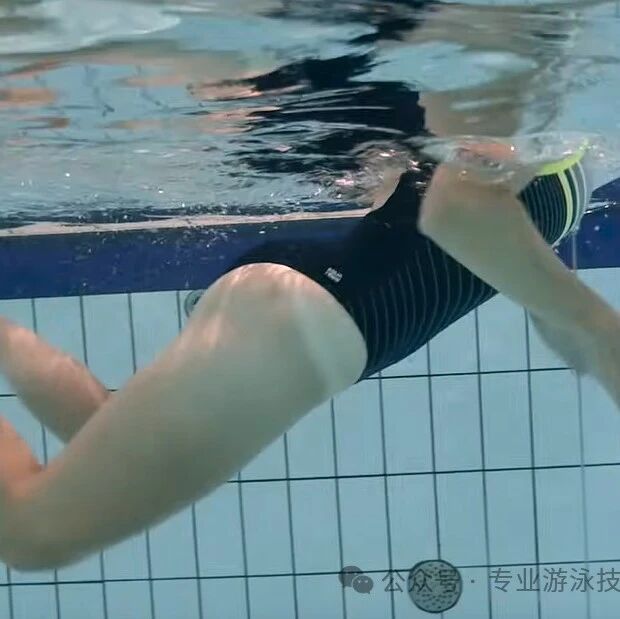A Deep Dive into the Full-Immersion Swimming Concept: Strategies for Optimizing Power in Efficient Long-Distance Swimming
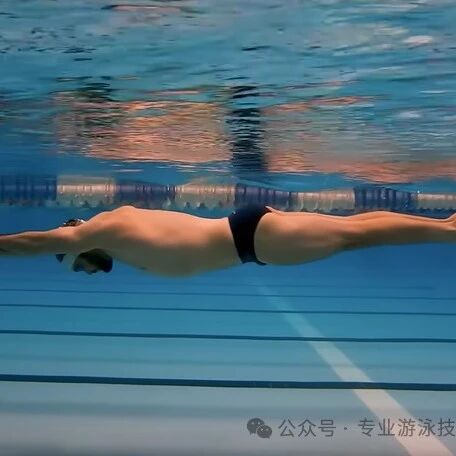
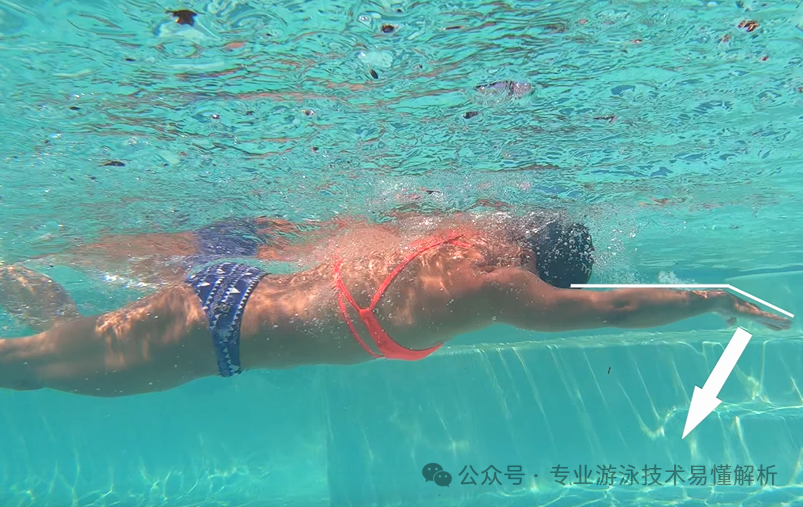
1. The Core Philosophy of Immersion Swimming
Reducing drag in the water: One of the core goals of full-body immersion swimming is to minimize the resistance a swimmer encounters while moving through the water. By fine-tuning body position and optimizing the movements of arms and legs, swimmers can lessen the pull of the water, ultimately enhancing their efficiency.
Improving efficiency: Total Immersion swimming focuses on creating a sense of "flow" during the swim, minimizing unnecessary movements and conserving energy as much as possible.
Balance and Buoyancy: Total Immersion swimming emphasizes maintaining body balance, with careful adjustments to head position and body posture—crucial steps aimed at enabling swimmers to "glide" through the water as efficiently as possible.
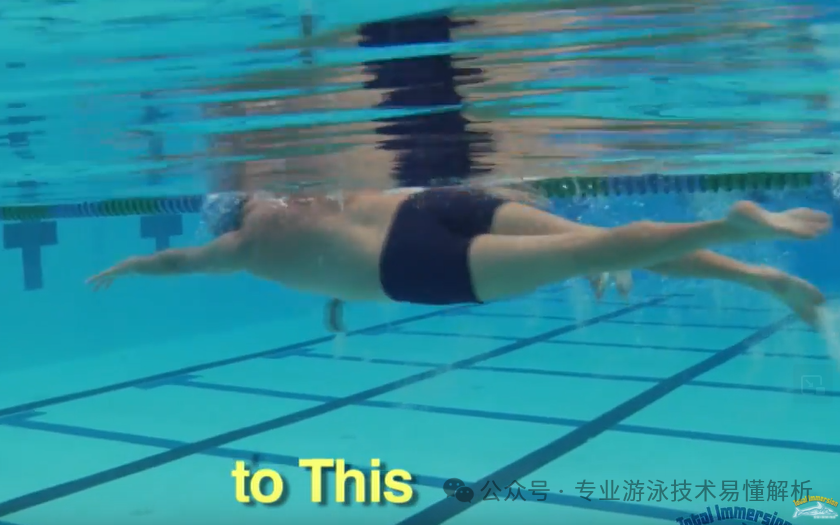
2. Basic Techniques
Body posture: The full-submersion swim technique requires the body to remain as horizontal as possible, with the head slightly tilted downward and eyes focused straight ahead beneath the water. This position helps maintain a streamlined body shape, minimizing drag.
Relaxed, effortless strokes: Compared to traditional swimming, full-body immersion swimming features lighter, more efficient arm movements—emphasizing fluidity over excessive force.
"Gliding" Phase: In full-submerged swimming, the "gliding" phase is crucial—after each stroke, swimmers leverage gliding to minimize energy expenditure by utilizing inertia.
Alternating arm strokes: In Total Immersion swimming, the stroke emphasizes the smooth, alternating motion of both arms—rather than relying solely on the power generated by a single arm.
Core-driven: Full-body swimming emphasizes propulsion powered by the core muscles, rather than relying solely on the strength of the arms and legs.
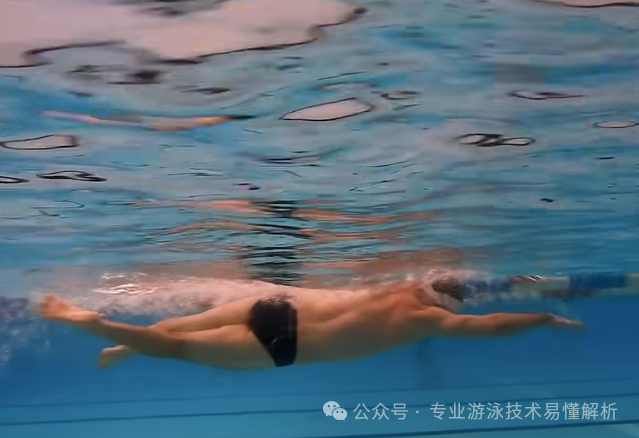
3. Saving energy and improving efficiency
Reduce unnecessary movements: Total Immersion swimming emphasizes streamlined motions, ensuring that every stroke is efficient, precise, and free of wasted energy. By mastering these refined techniques, swimmers can cover greater distances with less effort in the water.
Improving cardiorespiratory endurance: The full-body immersion swimming technique reduces water resistance, enabling swimmers to maintain a lower heart rate for longer durations—thus enhancing their cardiovascular stamina.
Reducing fatigue: By optimizing body posture and adjusting movements, the full-body immersion swimming technique can significantly lessen the feeling of exhaustion during swimming.
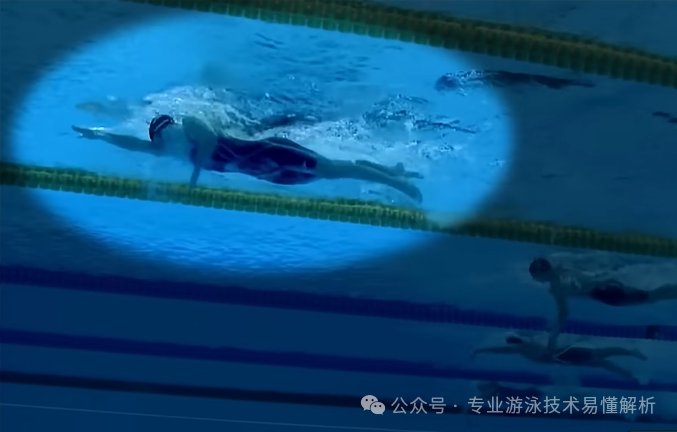
4. Swimming Strokes and Movement Details
Maintain a streamlined posture: Keep your body as extended and straight as possible, avoiding unnecessary, wasteful movements to minimize drag in the water.
Core stability: By maintaining tension and stability in the core, you can effectively enhance your swimming propulsion while minimizing unnecessary energy waste.
Turn and breathing techniques: In full-body immersion swimming, turning and breathing skills are crucial, emphasizing movements that are effortless and don’t disrupt the swimmer’s fluidity.
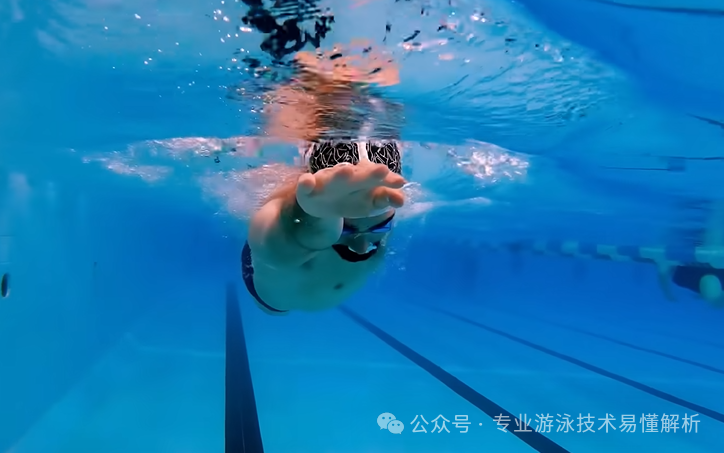
5. Suitable Audience
Beginners and Intermediate Swimmers: The Total Immersion swimming method is ideal for both beginners and intermediate-level swimmers. By focusing on refining swimming techniques rather than relying on sheer strength, it helps enhance efficiency—making it especially beneficial for those who tend to tire easily during their swim sessions.
For long-distance swimmers—such as triathletes or marathon swimmers—techniques from the full-body immersion swimming style can help them conserve energy, enabling them to swim farther with less effort. This is especially beneficial during extended swimming sessions, as it significantly reduces physical exhaustion over time.
Application in training: The techniques of Total Immersion swimming are also effective in competitive swimming training, helping athletes enhance their speed and efficiency in the water.
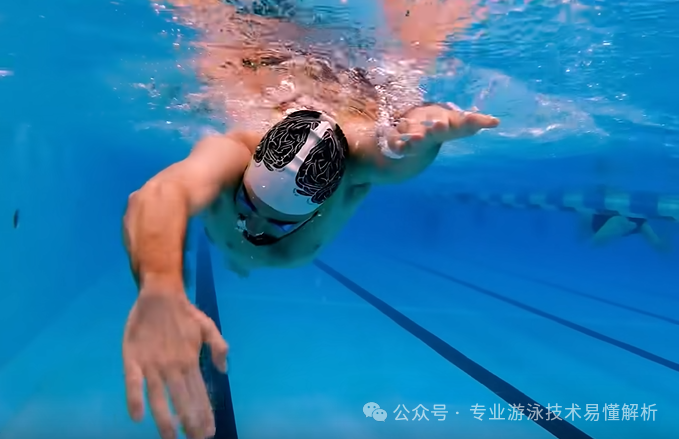
6. Full-Immersion Swimming Training Methods
Video Analysis: The full-body immersion swimming approach advocates using video analysis to evaluate swimmers' posture and movements, identifying specific techniques that can be optimized.
Breaking down the movements: By analyzing swimming techniques step by step, learners can master each individual skill, enabling them to seamlessly combine these actions during actual swimming.
Progressive Training: Total Immersion swimming emphasizes a step-by-step approach, starting with the most fundamental body positions and gradually incorporating elements like paddling and kicking—ultimately refining them into seamless, fluid movements.
7. Differences from traditional swimming
Strength vs. Technique: Traditional swimming emphasizes using strength to propel yourself forward, while Total Immersion swimming focuses on optimizing swimming techniques to minimize unnecessary energy expenditure.
Focus on efficiency: Treading water emphasizes efficiency and energy conservation, while traditional swimming techniques may prioritize speed and power.
Posture and movement optimization: Total Immersion swimming emphasizes the fluidity of each stroke, ensuring that no single movement creates unnecessary turbulence or drag in the water.
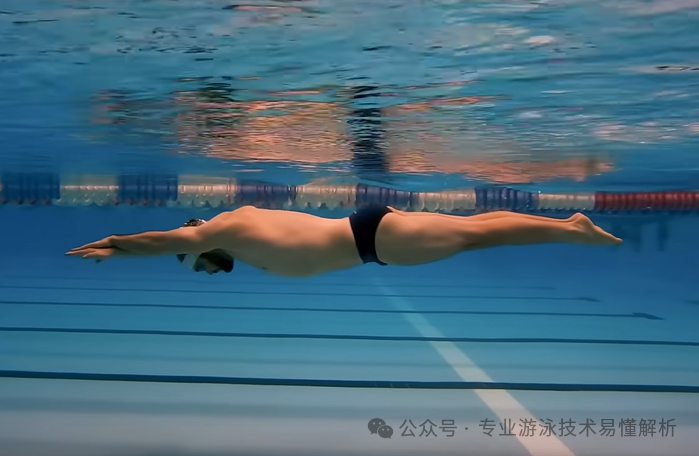
8. The Advantages of Immersion Swimming
Lower energy consumption: By optimizing their movements and posture, swimmers can cover greater distances using less energy.
Reduce physical fatigue: Minimize unnecessary energy expenditure to prevent the typical exhaustion that often follows prolonged swimming.
Perfect for long-duration swimming: Ideal for situations requiring extended periods in the water, such as long-distance swimming, triathlons, and more.
Enhancing swimming technique: Improving swimmers' skill level and fluidity goes beyond just physical coordination—it also boosts their mental focus and rhythmic pace in the water.
9. Shortcomings of full-immersion swimming
Total Immersion swimming doesn’t focus on forceful, brute-power output—it emphasizes optimizing swimming technique and managing energy expenditure instead. As a result, it often overlooks the explosive power and strength training essential for boosting speed. Total Immersion is ideal for long-duration, low-intensity swimming sessions, but for short, high-intensity competitions—like sprint events in a short pool or 50- or 100-meter races—its techniques may fall short of delivering the necessary speed.
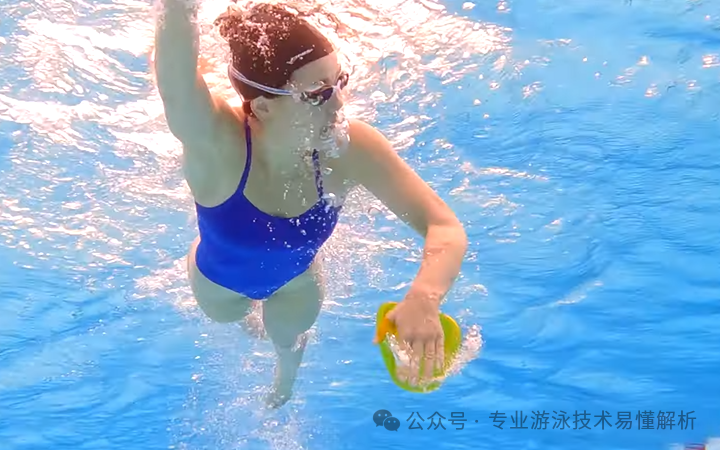
Full-body immersion swimming is not the ideal choice for competitive racing. For advanced swimmers or professional athletes—especially in short-distance, high-intensity events—full-body immersion may not be the best method to enhance speed. While this technique can improve core stability and control, which are beneficial for overall athletic performance, professional swimmers often place greater emphasis on intensive strength and speed training, as these elements play a more critical role in optimizing their overall swimming performance.
10. The Key to Improving Swimming Speed
Improving swimming speed indeed requires striking a balance between stroke efficiency and stroke rhythm. There’s a reciprocal relationship between stroke frequency and stroke length: as you increase your stroke frequency, the distance covered with each stroke (i.e., the propulsive force per stroke) may decrease. Conversely, if the propulsive force per stroke is too low, it becomes difficult to effectively boost swimming speed. To maximize speed, you must identify the optimal balance between these two factors—while simultaneously enhancing both the efficiency and frequency of each individual stroke.
Ensure your body maintains a horizontal position, avoiding excessive up-and-down movements. Engage your core muscle group to stabilize your body, while preventing your legs from swinging or kicking excessively—instead, keep them steady. Remember that effective water capture during each stroke is essential for generating powerful propulsion; avoid dragging your elbow or hand through the water. During the push phase, slightly spread your fingers apart to maximize your ability to grip the water flow, rather than keeping them tightly closed, which could lead to water being lost instead of being efficiently pushed forward.
Prioritize interval training to enhance explosive power and stroke frequency. By repeatedly alternating between high-intensity swimming and short recovery periods, you can improve cardiovascular endurance while gradually adapting to a higher stroke rate. For example: Perform 20 seconds of fast-paced swimming, followed by 10–20 seconds of rest. Gradually increase the duration of the high-intensity bursts while reducing rest intervals, helping to build both your cardiorespiratory endurance and your ability to maintain a faster stroke frequency.
Focus on core strength during land-based training. Perform core exercises like side planks and plank holds to enhance stability in the water and minimize unnecessary body wobbling while swimming.
Improve your breathing technique. When increasing your stroke frequency, proper breathing becomes especially crucial. Avoid any pauses in your breathing movements—maintaining a smooth, rhythmic breathing pattern will help prevent interruptions caused by shortness of breath or inefficient breathing, which could otherwise disrupt your stroke pace.
One official account shares swimming tips, while another focuses on software insights, online resources, and reading experiences.
Thank you for your supportive and encouraging likes, as well as the comments that spark meaningful conversations—and even more, we’d love to see those shares and retweets!


Related Articles
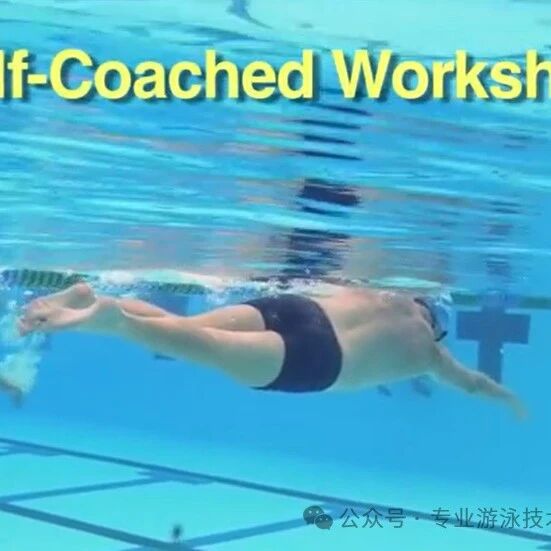
There are too many misconceptions about the full immersion technique—specifically, the importance of the second kick and the arm entry into the water.
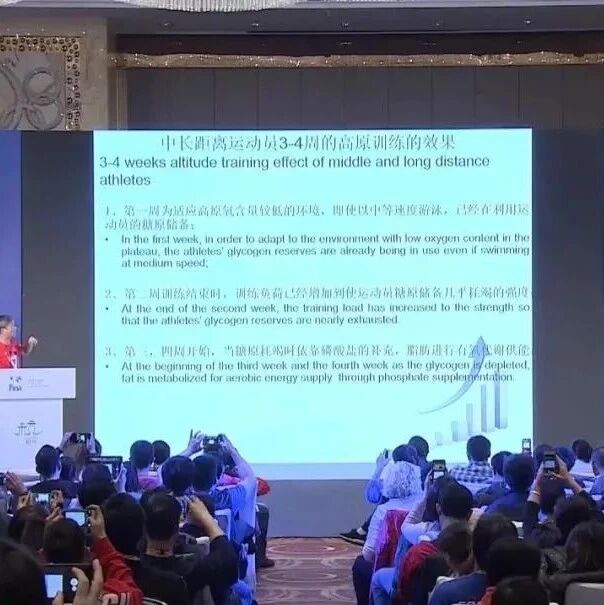
The Road to Championship: Coach Zhu Zhigen's Remarks at the FINA Gold Medal Coaches Workshop
